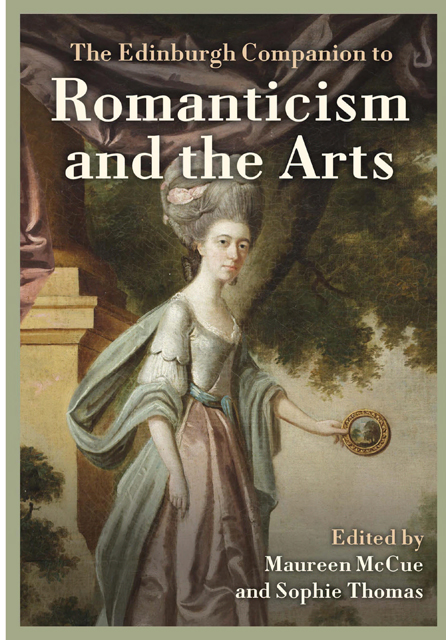7 - Public Improvement as ‘National Ornament’: Commerce, Culture and Patriotism in London and Edinburgh
Published online by Cambridge University Press: 25 April 2023
Summary
This chapter examines the relationship between art, commerce and patriotism as expressed through the urban built environment in London and Edinburgh during the Romantic period. From the middle decades of the eighteenth century, through to the development of Regent’s Street, Regent’s Park and what would come to be known as Trafalgar Square in the early nineteenth century, debates about the appearance of London circulated in treatises and proposals concerning urban improvements. For some, the pursuit of a more polite and refined cityscape was a necessary development that could complement British commercial and military achievement by demonstrating progress in the fine arts as well. Others, however, remained sceptical of the possibility that commerce and the arts could be mutually supportive. Whereas in London this question persisted in the art world, in Edinburgh, writers, artists and architects began to cultivate a reputation for the city as, in Ian Duncan’s words, ‘a new kind of national capital – not a political or commercial metropolis, but a cultural and aesthetic one’ (2005, 48). As a much smaller city than London, Edinburgh had more open space near its centre on which to plan large developments, and improvers shared a desire to make the appearance of the city commensurate with its status as a national capital. The building of the New Town, undertaken in phases between the 1760s and 1820s, for example, signalled an ambition to make Edinburgh home to wealthy and fashionable families. In the early nineteenth century, a series of monuments on Calton Hill, including the (never completed) National Monument, were imagined as articulating Scotland’s cultural and intellectual prestige as well as its contribution to the Union through the British armed forces.
The transformations that took place in London and Edinburgh were not, of course, unique to these cities. Their status as capital cities, however, meant that the appearance of their cityscapes was always likely to be read as reflecting upon the condition of their respective nations, and of Britain more broadly. In London, efforts to make the city appear more refined were always understood in the context of its position as an imperial metropolis, whereas in Edinburgh, such endeavours sought to offer an account of Scottish cultural distinctiveness which differentiated the city from London.
- Type
- Chapter
- Information
- The Edinburgh Companion to Romanticism and the Arts , pp. 130 - 145Publisher: Edinburgh University PressPrint publication year: 2022



